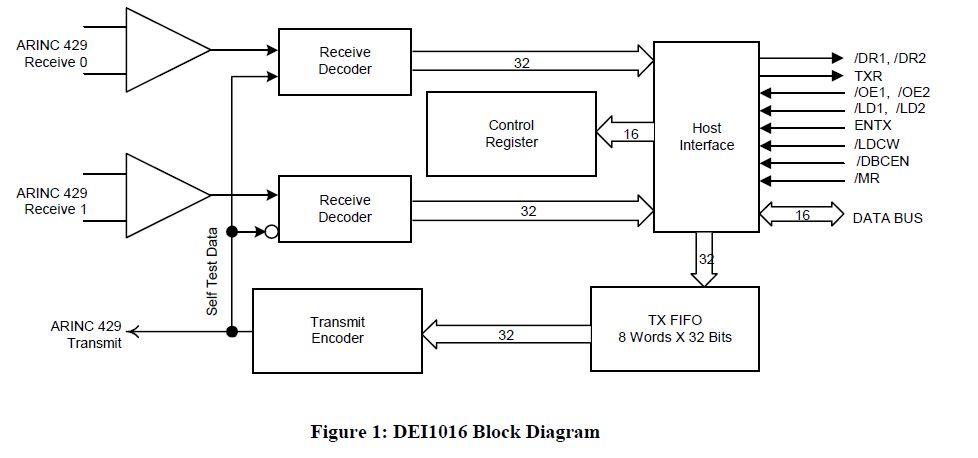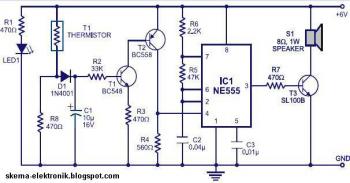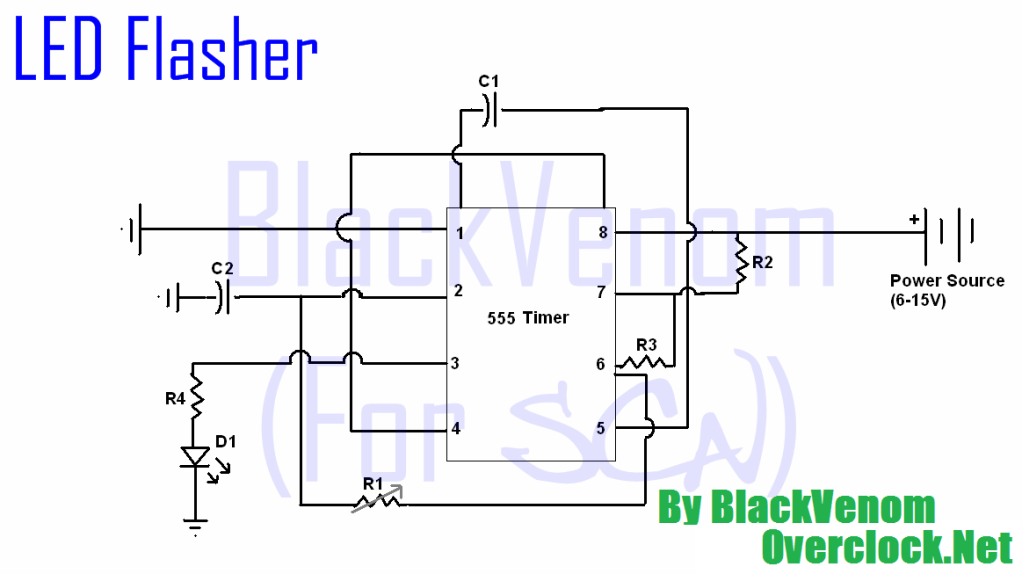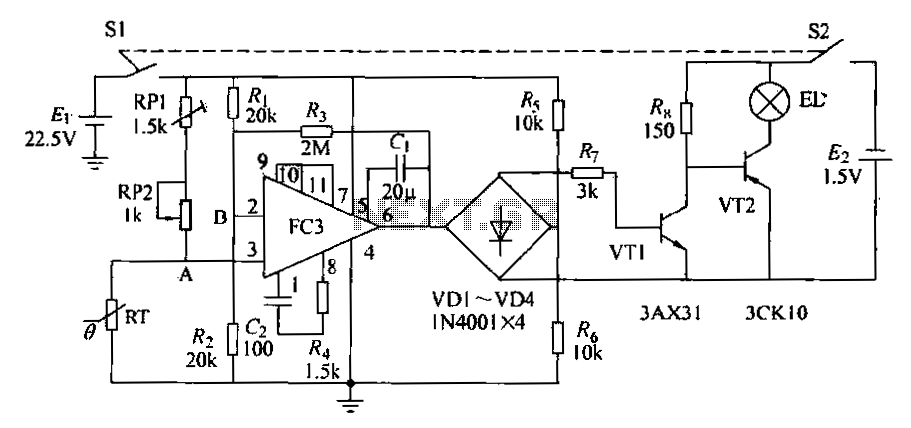
NE 555 Electronic Metronome Electrical
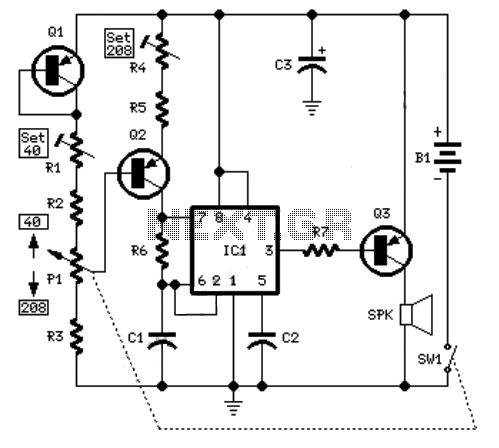
An example of an electronic metronome schematic is presented. The electronic metronome is popular due to its simplicity and compact size.
The electronic metronome schematic typically consists of several key components that work together to produce a rhythmic sound at set intervals. The core of the metronome is usually a microcontroller or an integrated circuit (IC) that generates a clock signal. This clock signal determines the tempo, which can often be adjusted by the user.
In addition to the microcontroller, the schematic may include passive components such as resistors and capacitors, which are used to shape the waveform of the output signal. A piezoelectric speaker or a small audio transducer is commonly employed to produce the audible ticks or beats that signify the tempo.
Power supply considerations are also crucial in the design, with the circuit typically powered by batteries or a DC power supply. Voltage regulators may be included to ensure stable operation of the microcontroller and other components.
Furthermore, user interface elements such as buttons for tempo adjustment and LEDs for visual feedback may be integrated into the schematic. These components enhance the functionality of the metronome, allowing musicians to easily set their desired tempo and receive visual cues alongside auditory signals.
Overall, the electronic metronome schematic exemplifies a straightforward yet effective design that serves the fundamental purpose of providing a consistent tempo for practice and performance.Here is one example of the electronic metronome schematic. electronic metronome is very popular since it can be very simple, compact/small, .. 🔗 External reference
The electronic metronome schematic typically consists of several key components that work together to produce a rhythmic sound at set intervals. The core of the metronome is usually a microcontroller or an integrated circuit (IC) that generates a clock signal. This clock signal determines the tempo, which can often be adjusted by the user.
In addition to the microcontroller, the schematic may include passive components such as resistors and capacitors, which are used to shape the waveform of the output signal. A piezoelectric speaker or a small audio transducer is commonly employed to produce the audible ticks or beats that signify the tempo.
Power supply considerations are also crucial in the design, with the circuit typically powered by batteries or a DC power supply. Voltage regulators may be included to ensure stable operation of the microcontroller and other components.
Furthermore, user interface elements such as buttons for tempo adjustment and LEDs for visual feedback may be integrated into the schematic. These components enhance the functionality of the metronome, allowing musicians to easily set their desired tempo and receive visual cues alongside auditory signals.
Overall, the electronic metronome schematic exemplifies a straightforward yet effective design that serves the fundamental purpose of providing a consistent tempo for practice and performance.Here is one example of the electronic metronome schematic. electronic metronome is very popular since it can be very simple, compact/small, .. 🔗 External reference
